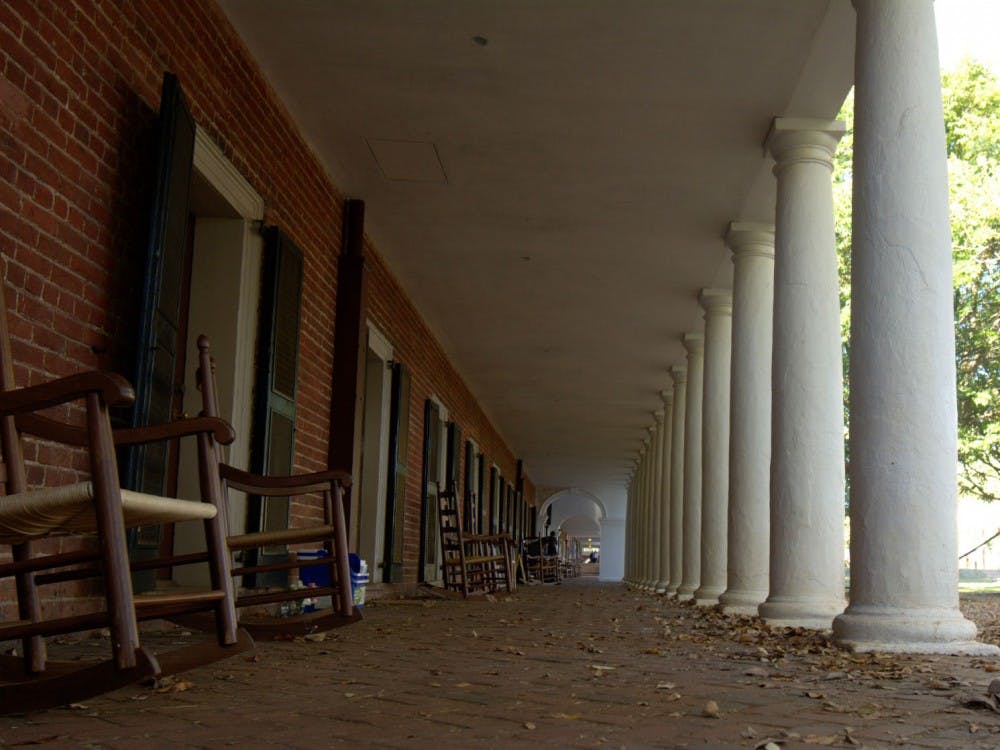Last week, the University released data that shows an increase of cultural and socioeconomic diversity in recent years.
The data reveals that the number of enrolled first-year students who self-identify as African-American or as two or more races — with one of those being African-American — has steadily increased in the last five years from 7.1 percent in 2012 to 9.1 percent in 2017. First-year minority student enrollment has increased by 38 percent since 2012.
This increase in diversity aligns with one of the 10 demands for the University put forth by the Black Student Alliance in conjunction with other groups on Grounds, which was released Aug. 21 following the events in Charlottesville of Aug. 11 and 12.
“As of last year, the percentage of African American undergraduate students enrolled in the University was 6.4%,” the demand said. “The University must take action to ensure that as a public university, this number is reflective of state demographics at a 12% proportion.”
BSA President Wes Gobar, a fourth-year College student, said although there has been progress, this demand “is a long-term goal.”
“I’m glad that we’ve had this uptick over the last few years, but I think we can continue to do better to not only get back to where we were, but to improve on that and better match the state’s demographics,” he said. “The 9.1 [percent], I believe, is coming when you add the mixed-race category with African-American students, and I think it’s important to make that distinction.”
Gobar said that although it’s better than other universities, it doesn’t match national demographics, and he hopes that “we can do continued good on this.”
The data also shows that the University received more than 2,271 applications from African-American students in 2017. This was 600 more applications than in comparison to the number received in 2012. Thirty-three percent of those who applied were offered admission.
Marcus Martin, vice president and chief officer for diversity and equity at the University, is working to ensure “continued strong recruitment and retention efforts” of minority students.
In an email to The Cavalier Daily, Martin said “more merit based scholarships to improve upon the enrollment (yield) of admitted African American students would be helpful.” He called for greater funding support for a diverse graduate student body and cited a proposal from the Office for Diversity and Equity for Specialised Investment Funds to support diverse graduate students.
“As [principal investigator] of the Virginia-North Carolina Alliance I just submitted a proposal to the NSF [National Science Foundation] for Bridge to the Doctorate grant to support URM [Underrepresented Minority] graduate students,” Martin said. “We will hear the response from the NSF in about 6 months.”
Martin also said he has not seen any indications that the enrollment of African-American students will decrease due to the violence white nationalist events of this past summer on Grounds and in Charlottesville.
In addition to an increase in African-American enrollment, the data also shows that first-generation college student enrollment is up 42 percent compared to 2012, with approximately 12 percent of the current first-year class being first-generation college students.
The data also revealed a 33 percent increase in the number of first-years expressing demonstrated financial need since 2012, with Pell Grant recipients accounting for approximately 13 percent of the new class.







